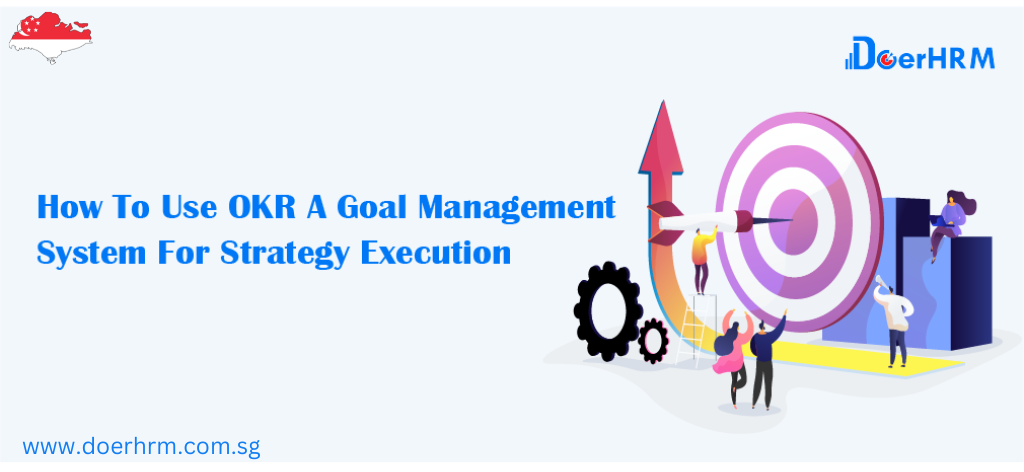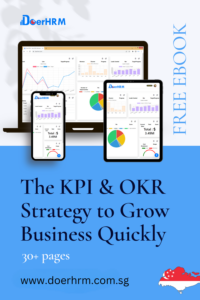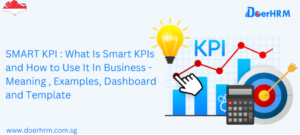What is strategy execution?
According to a survey conducted by Harvard Business Review, where CEOs ranked strategy execution as the top or second most challenging issue, over 60% of strategies fail to be successfully implemented across more than 1,000 companies and governments in 50 countries. The primary reasons for this failure include the delay in translating crucial strategic and operational decisions into prompt action.
A company may secure a position on the competitive map through a brilliant strategy or innovative technology, but it is only effective execution that can sustain that position. The key is comprehending what needs to be accomplished and ensuring its successful implementation, ultimately driving business results.
Two prevalent approaches to strategy execution are as follows:
- Viewing strategy execution as a process. Larry Bossidy and Ram Charan, authors of “The Discipline of Getting Things Done,” define execution as a “systematic way of exposing reality and acting on it.” They elaborate that the core of execution involves three fundamental processes:

1st. The People
It is the most important because strategies formulation and translation of the strategies into action are done by people. The people process involves evaluating the team members accurately, identifying, and developing the leadership as well as management skill at all levels and of all kinds.

2nd. The Strategy
This is the process about identifying what and how the products or services will be provided, and do we have the right people to execute the strategy? It is equally important to have the strategic plan linked seamlessly to the operational goals and plans.
This is where OKR can be very useful. OKRs help to link teams and people together, and to decide how can the goals or sub-goals be achieved. We can illustrate the idea with following example. Where, there is a hotel would like to improve its business by improving its customer experience
The OKR implementation example
Objective: “Create an Awesome Customer Experience.”
This sounds great, but how do we know if the experience is awesome?
How can we measure if we are providing an awesome customer experience?
One good options are Net Promoter Score and Repurchase Rate. That is, do our customers feel so good about dealing with us that they would recommend us and come again? And here is how we can put the idea into actionable key results. And by working on the key doer actions to produce the outputs that will have positive impacts onto the key results.
Hotel’s OKR sample
Objective: “Create an Awesome Customer Experience in Our Hotel”
Key Results 1: Improve Net Promoter Score from 5.5 to 8.5.
Doer Actions 1: Review scores, departmental ratings, guest complaints, repeat guests and other relevant metrics
Doer Actions 2: Responding quickly and thoroughly to complaints and poor ratings in guest surveys
Doer Actions 3: Ask guests for reviews at sites like TripAdvisor or Google
Key Results 2: Increase Repurchase Rate from 10% to 20%.
Doer Actions 1: Tracking and automating every step of the order management process to fulfill every customer order flawlessly
Doer Actions 2: Implement a referral program that makes it easy for your customers to earn
Doer Actions 3: Gamify their next purchase with customer loyalty programs (to make it easy)
* If you were to use Excel template, the OKRs with all the KRs and DAs details may be overwhelming, and by using DoerHRM’s OKR application software module, you can easily group, expand, minimise and track the progress
Learn How Intel used OKRs to turn around a losing competition to victory

3rd. The Operations
This process is the detailed plan that provides a clear picture of how a team can contribute to the achievement of the organisation's vision and mission. The operational plan maps out the day-to-day tasks required to run a business.
2. Strategy execution as a system In 2008, Harvard Business School Professor Robert S. Kaplan and his colleague David P. Norton wrote a book “The Execution Premium: Linking Strategy to Operations for Competitive Advantage.” They shared a multistage system that enables an organisation to gain measurable benefits from the carefully formulated business strategy
Stage 1. Develop the effective strategy with tools such as SWOT analysis, vision formulation, and strategic change agendas.
Stage 2, 3, 4 & 5. Plan the execution of the strategy and then execute it by using portfolios of strategic initiatives linked to strategy maps and Balanced Scorecards, or you can simplify the execution implementation with cloud-based OKRs from DoerHRM. It also helps in aligning the organisation and put your strategy into action. The strategy execution can be further enhanced with operational tools such as process dashboards, rolling forecasts, and activity-based costing for monitoring and learning.
Stage 6. Test and update your strategy with regular checkpoint meetings to review operational and strategic data. It can be in a form of 1 on 1 coaching meeting, weekly PPP team meeting regarding Problem, Progress and Planning or a monthly / quarterly management meeting. And for us, we adopt DoerHRM cloud-based reporting framework to coach for improvement, reviews, feedbacks and motivate our people for growth.
From my experience, a strategy is about deciding
- What do we want to do and to whom we want to deliver that value to
- How do we organize our limited resources in financial, man power and time to deliver that value?
- How do we know we are successful in what we choose to do, that is what do we measure?
This is where OKR proves beneficial. OKR provides the flexibility to dream big by allowing the setting of ambitious Objectives. It assists in determining the most critical business priorities at any given moment and aligns everyone’s focus on achieving them. The Key Results serve as milestone goals indicating progress. OKR is straightforward, uncomplicated, yet highly effective in achieving the desired outcomes.






